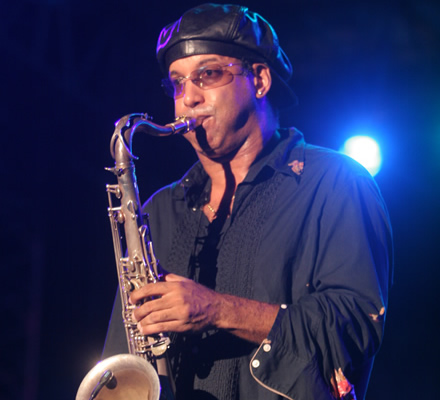
For almost a century the islands were considered too small and unimportant for Spanish settlement therefore, during the sixteenth and seventeenth centuries, they were mainly uninhabited. As the other European countries challenged the Spaniards for control of the territory, some hearty French settlers colonialized the islands. They made their living by barbecuing beef in smokehouses called boucans which they sold to passing ships. The Spaniards drove them off the islands and in revenge, they took to the sea where they began hunting Spanish ships. The term Buccaneer became the word used for these pirates and as time passed, more joined the ranks as out of work naval crews drifted through the area. Many of these pirates terrorized the Caribbean shipping lanes with the blessing of one European country or another, provided that they only attacked ships with the Spanish ensign. The defeat of the Spanish Armada brought times of peace and settlement to the area, pirates were rounded up and punished while others settled peacefully in the territory. Many of the islands, Norman, named after a French pirate; Thatch, named after Edward Thatch (or Teach-commonly known as Blackbeard), and others still bear their names. Other notable pirates in Caribbean history include: Charles Vane, Edward England, Calico Jack and Anne Bonny!!
Although the islands were claimed by England as early as 1628, the Dutch were the first true settlers, arriving at Soper's Hole at the West End of Tortola in 1648. In 1666 British planters took over control of the island group from the original Dutch settlers. The islands attained the status of British colony, and remained part of the Leeward Islands from 1872 until 1956, when the British Virgin Islands became a separately administered entity. To preserve its close economic ties with the U.S. Virgin Islands, the group did not join the 1958-1962 West Indies Federation of British Virgin Islands. In 1967, a new constitution provided for a ministerial system of government headed by a Chief Minister. The island group remains under British control today.
Known for their sheltered, clear blue sailing waters and the stunning beauty of the mountainous islands, the British Virgin Islands lie some 60 miles east of Puerto Rico. Although there are over 50 islands, rocks and cays dotting our sparkling blue sea, many of them are uninhabited. Chiefly volcanic in origin, with the exception of Anegada, which is a coral and limestone atoll, most of the islands are grouped around the Sir Francis Drake Channel, named after the daring British adventurer who launched an attack against the Spanish from the islands in 1595. The British Virgin Islands enjoy a balmy sub-tropical climate, plied by the constant tradewinds. Temperatures rarely drop below 77 F In winter or rise above 90 F in the summer. The night temperatures vary by only 10 F. The warm clear waters offer superb conditions for all water activities, whilst the many unspoiled beaches make relaxation a pleasure.
Many areas of the British Virgin Islands are now under the protection of a National Parks Trust, a body established by the government to conserve and manage the natural beauty of the islands. These range from the highest point of Tortola, Sage Mountain, a well established forest, to the marine dive site of the wreck of the RMS Rhone. Although some of the islands are still uninhabited, a fine selection of hotels, restaurants and shops can be found, together with up to date medical facilities and communications systems. The main airport at Beef Island offers many connections, throughout the Caribbean gateway cities, to the USA, Canada, South America, the UK and Europe.




![]()

















0 comments:
Post a Comment